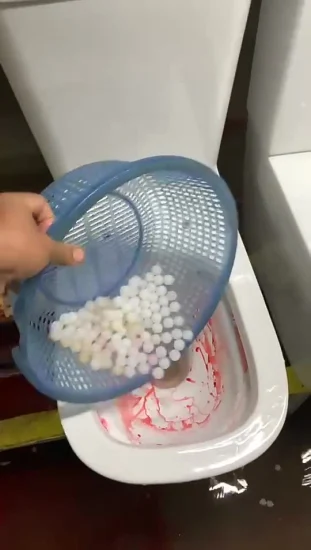Are You Permitted to Flush Food in the Toilet?
Are You Permitted to Flush Food in the Toilet?
Blog Article
Everybody seems to have their own idea about What Can Happen If You Flush Food Down the Toilet?.

Intro
Lots of people are frequently faced with the dilemma of what to do with food waste, especially when it concerns leftovers or scraps. One usual inquiry that emerges is whether it's okay to purge food down the toilet. In this short article, we'll look into the reasons individuals may consider flushing food, the repercussions of doing so, and alternate approaches for proper disposal.
Reasons individuals could consider flushing food
Lack of understanding
Some individuals may not recognize the prospective damage triggered by purging food down the bathroom. They might incorrectly believe that it's a harmless practice.
Comfort
Flushing food down the commode might feel like a fast and easy option to dealing with undesirable scraps, specifically when there's no close-by trash bin readily available.
Idleness
In some cases, individuals might just pick to flush food out of sheer negligence, without thinking about the effects of their activities.
Consequences of flushing food down the bathroom
Ecological influence
Food waste that winds up in rivers can add to pollution and harm water ecosystems. Additionally, the water used to flush food can stress water sources.
Plumbing problems
Purging food can lead to clogged pipes and drains pipes, creating costly pipes repair services and aggravations.
Types of food that must not be flushed
Fibrous foods
Foods with fibrous structures such as celery or corn husks can get entangled in pipelines and trigger obstructions.
Starchy foods
Starchy foods like pasta and rice can take in water and swell, bring about clogs in pipelines.
Oils and fats
Greasy foods like bacon or food preparation oils must never be purged down the bathroom as they can strengthen and cause clogs.
Proper disposal techniques for food waste
Using a garbage disposal
For homes geared up with garbage disposals, food scraps can be ground up and purged through the plumbing system. Nevertheless, not all foods appropriate for disposal in this manner.
Recycling
Certain food product packaging products can be recycled, minimizing waste and lessening ecological impact.
Composting
Composting is a green way to throw away food waste. Organic products can be composted and used to enrich soil for gardening.
The significance of correct waste management
Reducing environmental damage
Proper waste administration methods, such as composting and recycling, assistance decrease pollution and protect natural deposits for future generations.
Shielding pipes systems
By preventing the method of flushing food down the commode, homeowners can avoid costly pipes fixings and maintain the integrity of their pipes systems.
Final thought
Finally, while it might be appealing to flush food down the toilet for ease, it's important to recognize the possible consequences of this activity. By adopting appropriate waste administration practices and getting rid of food waste properly, individuals can add to healthier plumbing systems and a cleaner atmosphere for all.
FLUSH FOOD DOWN THE TOILET?
FLUSHING FOOD CAN CAUSE BLOCKED DRAINS IN YOUR HOME
All of the plumbing fixtures in your home are connected to the same sewer pipe outside of your home. This outdoor sewer pipe is responsible for transporting all the wastewater from your home to the Council sewer mains. Even small pieces of food that go down the kitchen sink can cause problems for your sewer. It should therefore be obvious that flushing larger bits of food, such as meat, risks a clog in either the toilet itself or the sewer pipes. Flushing greasy food is even more problematic because oil coagulates when it cools, coating the interior lining of your pipes.
THE TOILET IS NOT A BIN
Food isn’t the only thing that people shouldn’t be flushing down the toilet. People use the toilet to dispose of all kinds of things such as tampons, makeup wipes, dental floss, kitty litter and even underwear. Water goes to great lengths to educate residents about the high costs and stress placed on wastewater treatment systems simply from people flushing the wrong stuff down the toilet. It costs taxpayers millions of dollars each year, and homeowners thousands in blocked drain repairs.
FLUSHING FOOD IS A WASTE OF WATER
Flushing food is a waste of our most precious resource - water. In June this year Level 1 water restrictions were introduced to protect water supply from drought conditions. Much of New South Wales continues to be affected by prolonged drought with recent figures revealing up to 97 per cent of the state remains in drought. Depending on whether you have a single or dual flush toilet, every single flush uses between five and 11 litres of water. In the current climate this is a huge amount of water to be wasting on flushing food that should be placed in the bin (or better yet, the compost).
https://www.jabplumbingsolutions.com.au/blog/can-you-flush-food-down-the-toilet

As an enthusiastic reader about What Can Happen If You Flush Food Down the Toilet?, I figured sharing that excerpt was worthwhile. Don't hesitate to take the time to distribute this post if you enjoyed it. Thank you so much for your time spent reading it.
Book Maintenance Report this page